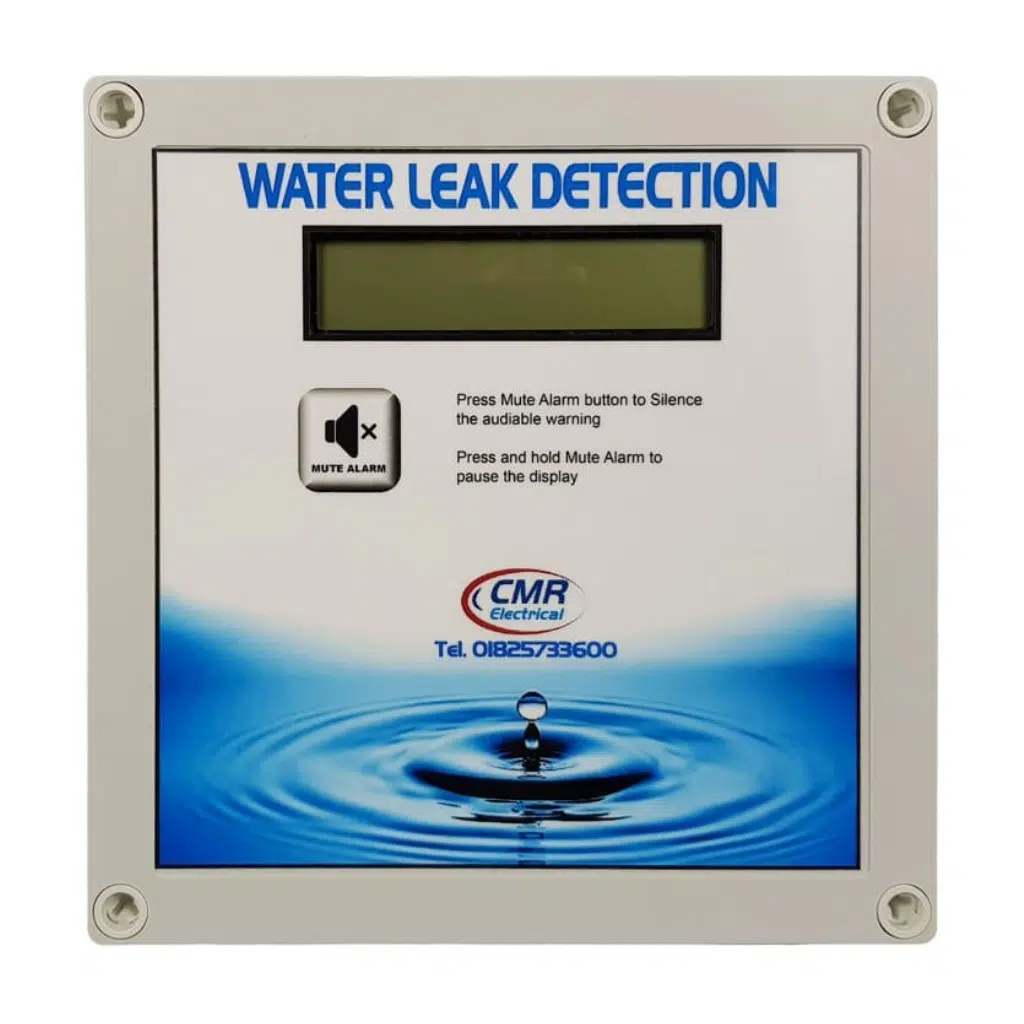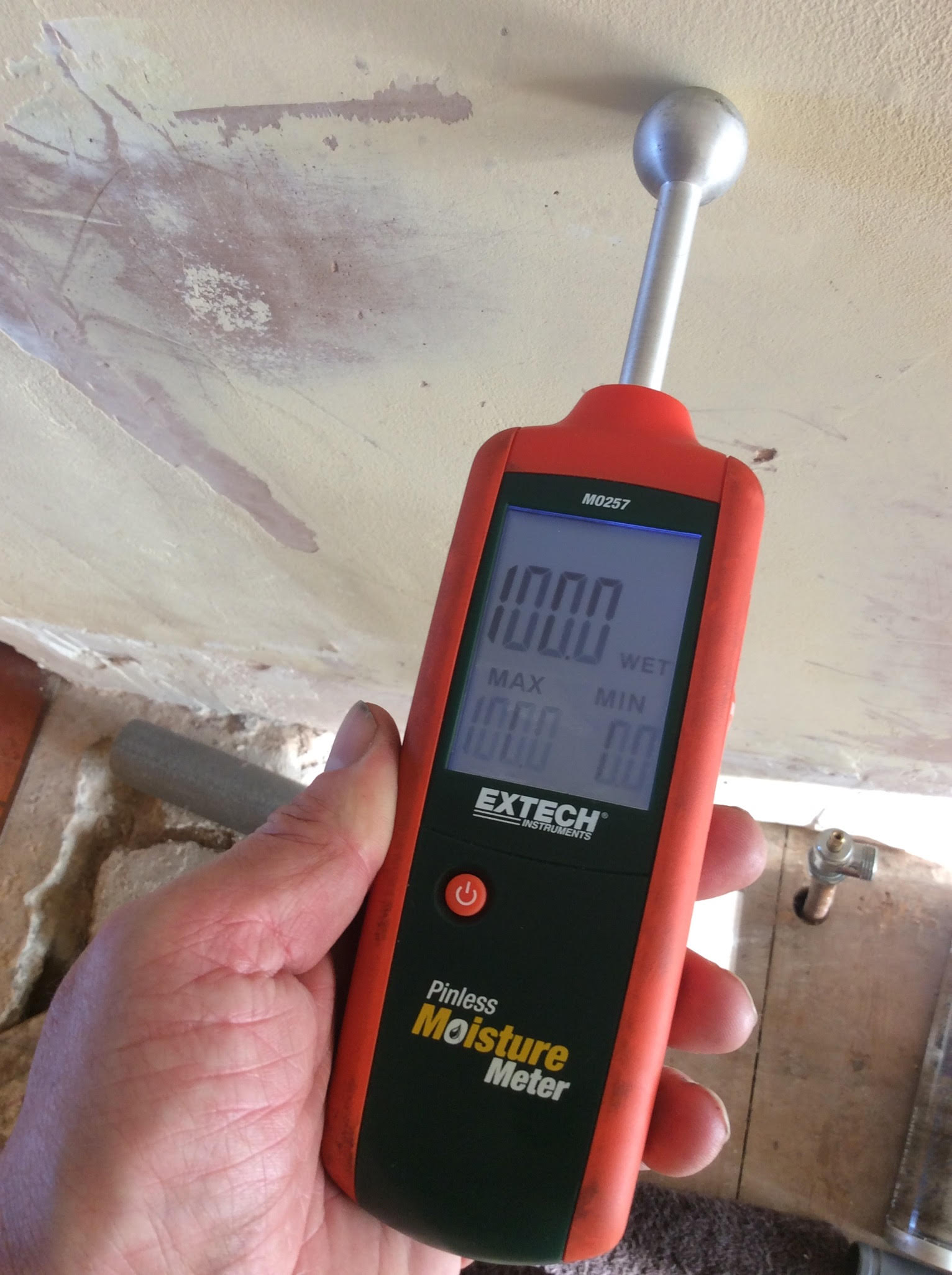Expert Water Leak Detection Services: Secure Your Home from Pricey Damages
Expert Water Leak Detection Services: Secure Your Home from Pricey Damages
Blog Article
Cutting-edge Solutions for Early Discovery of Water Leaks in Structures and Facilities
From advanced leakage detection modern technologies to the deployment of IoT sensing units for real-time surveillance, the landscape of leakage prevention is developing quickly. Automated water circulation evaluation systems are reshaping how leaks are identified and addressed, paving the means for a positive strategy to water leakage discovery.
Advanced Leakage Discovery Technologies
Advanced leakage detection innovations, equipped with cutting-edge sensors and algorithms, play an essential role in promptly determining and determining water leakages in numerous setups. Electromagnetic sensors can determine adjustments in electro-magnetic areas triggered by water, providing yet one more layer of leak discovery ability.

IoT Sensors for Real-Time Tracking
In the world of modern-day water leak discovery, the combination of IoT sensors for real-time monitoring represents a critical innovation in improving aggressive leakage discovery abilities. These sensing units offer continuous surveillance of water systems, giving real-time data on water flow rates, stress variants, and temperature level adjustments. By leveraging IoT technology, these sensors can identify even the tiniest anomalies in water usage patterns, enabling very early recognition of potential leaks before they rise into significant concerns.
IoT sensing units transmit information to a centralized platform, where innovative algorithms examine the info and generate informs or notices when irregularities are discovered. This real-time surveillance ability enables homeowner or facility supervisors to without delay address leaks, decreasing water damage, decreasing fixing costs, and conserving water sources.
Additionally, IoT sensing units can be integrated with building administration systems, permitting automated feedbacks to found leaks, such as shutting down water valves or activating pumps to mitigate the effect of leaks. On the whole, the execution of IoT sensing units for real-time tracking considerably enhances the efficiency and efficiency of water leakage discovery in structures and infrastructure.
Artificial Intelligence Algorithms for Leakage Forecast

One secret advantage of making use of artificial intelligence for leak forecast is its ability to constantly learn and enhance its accuracy with time. As even more data is accumulated and fed into the algorithm, it can improve its forecasts and adapt to transforming problems, eventually boosting the reliability of leak detection systems.
In addition, maker understanding algorithms can aid in determining subtle indications of leaks that might go undetected by typical tracking methods. water leak detection. By examining intricate information embed in real-time, these visit homepage algorithms can give early cautions and alerts, permitting punctual intervention and precautionary maintenance to alleviate possible water damages and connected prices
Using Thermal Imaging for Leakage Discovery
Thermal imaging technology provides a promising technique for spotting water leaks in various systems redirected here and infrastructures. By using infrared radiation and temperature differences, thermal imaging cams can recognize covert leaks that are not conveniently noticeable to the naked eye.
One of the crucial advantages of thermal imaging for leakage discovery is its non-intrusive nature. Unlike standard methods that might call for getting into walls or floorings to locate leakages, thermal imaging allows for non-destructive testing. This not just conserves time and decreases costs yet also reduces disruption to the structure or infrastructure being analyzed. In addition, thermal imaging can quickly check big areas, offering a detailed summary of possible leakage sources in a prompt fashion. Overall, making use of thermal imaging modern technology enhances the efficiency and precision of water leakage detection, making it an important device for maintaining the integrity of buildings and infrastructures.
Automated Water Circulation Analysis Systems
Exactly how can automated water flow evaluation systems transform the detection and monitoring of leaks in Continue various systems and frameworks? Automated water flow evaluation systems use a positive strategy to leakage discovery by continually checking water circulation prices and patterns. By developing baseline data, these systems can rapidly identify discrepancies that may suggest a leakage, enabling punctual treatment to avoid comprehensive damages.
These systems utilize innovative algorithms to analyze real-time data and give prompt notifies when anomalies are identified, permitting for speedy action to be taken. Additionally, automatic water circulation analysis systems can be integrated with building administration systems or IoT systems, enhancing general performance and making it possible for remote monitoring abilities.
Moreover, the data collected by these systems can be made use of for anticipating upkeep objectives, helping to recognize prospective powerlessness in the framework before leaks happen. On the whole, the implementation of automatic water circulation analysis systems can substantially enhance leakage discovery and management practices, ultimately resulting in cost financial savings, decreased water waste, and raised sustainability in structures and infrastructure.

Final Thought
To conclude, the assimilation of innovative leakage discovery innovations, IoT sensors, artificial intelligence formulas, thermal imaging, and computerized water circulation evaluation systems uses cutting-edge options for very early discovery of water leakages in buildings and facilities. These innovations allow real-time monitoring, forecast of leakages, and reliable detection techniques to prevent water damages and wastefulness. Implementing these services can assist in preserving the stability and sustainability of water systems in different setups.
Report this page